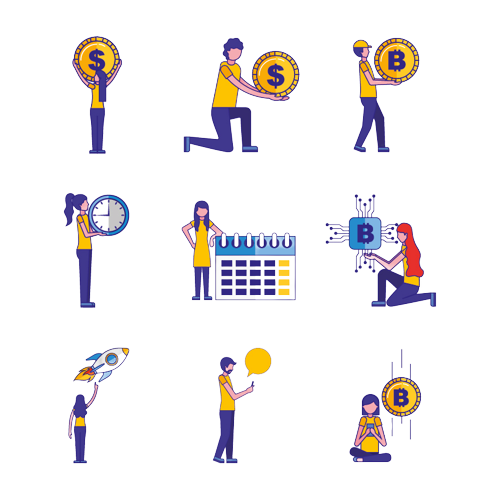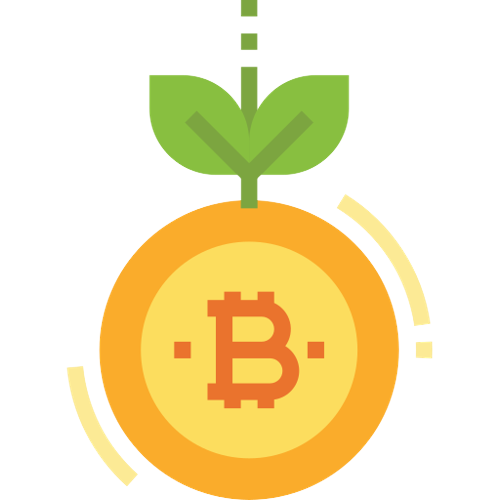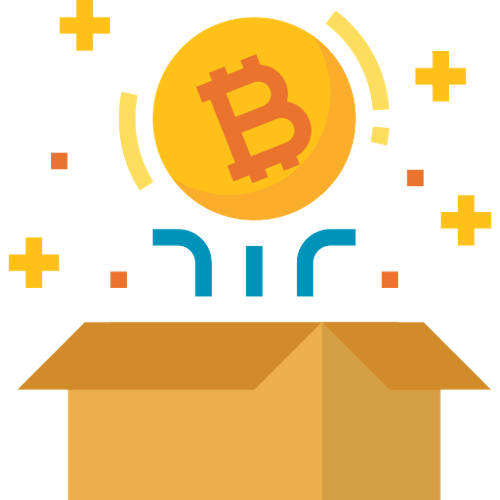
Bankless refers to the growing movement of people and organizations choosing to use financial systems no longer dependent on banks and traditional financial institutions. Instead, they are embracing decentralized blockchain-based solutions for payments, investing, lending, and other financial services.
In this guide, we will explain the bankless philosophy, the issues banking solutions aim to solve, the rise of decentralized finance (DeFi), key services and platforms being utilized, and how to safely participate in this emerging ecosystem.
The Bankless Movement
The bankless movement consists of individuals and businesses shifting to managing money without relying on banks through the use of cryptocurrency, blockchain technology, and decentralized applications (dApps).
Some key motivations behind going bankless include:
Immutable money – Cryptocurrencies like Bitcoin and Ethereum operate on public blockchains, creating verifiable scarcity and transparency compared to central bank currency manipulation.
Global access – Anyone worldwide can permissionlessly use crypto and DeFi platforms without restrictions, unlike banks that deny service based on geography, identity, or income level.
Censorship resistance – Transactions can’t be blocked on public networks providing freedom compared to banks that ban payments based on subjective morals.
Counterparty risk – DeFi protocols minimize third-party risks, as smart contracts replace humans in financial agreements. Banks carry solvency risks.
New opportunities – Innovative earning, lending, and trading opportunities exist using DeFi platforms and tools not offered by traditional finance.
For proponents of financial sovereignty and free markets, transitioning to bankless money and finance aligns with their philosophical values in addition to tangible benefits.
Problems Bankless Aims to Solve
Going bankless provides solutions for a variety of issues with the existing banking system:
High fees – Banks charge large fees for cross-border transfers, checking accounts, overdrafts, and other services. Cryptocurrency transactions cost pennies.
Slow settlements – International wire transfers and ACH can take days to settle. Cryptocurrency is a near-instant settlement.
Limited hours – Banks operate on set schedules. Blockchain is 24/7/365 access.
Counterparty risks – Banks can go bankrupt or engage in fraud. Protocols have auditable code and collateralization backing assets.
Geographic exclusion – 1.7 billion unbanked adults globally lack access. Anyone worldwide can use crypto/DeFi unhindered.
Identity exclusion – Those without government IDs are often excluded from banking. Crypto is pseudonymous by default.
Centralized control – Small groups of bankers control policy and access. Decentralized protocols distribute control for censorship resistance.
A bankless system aims to correct these shortcomings by reinventing financial services on transparent and open blockchain infrastructure.
The Rise of Decentralized Finance (DeFi)
Decentralized finance (DeFi) represents the shift from centralized banking to an open financial system built on blockchains and peer-to-peer networks.
DeFi projects allow access to financial services like earning, borrowing, trading, payments, insurance, and more through decentralized applications (dApps) built on blockchain platforms like Ethereum. These replicate traditional offerings without centralized intermediaries through automated smart contracts.
Some popular DeFi services include:

Decentralized exchanges – Swap crypto and earn liquidity rewards while retaining custody. Uniswap pioneered automated market making.
Stablecoins – Assets pegged to fiat currency like USDC provide stability amid crypto volatility, avoiding banks.
Lending/Borrowing – Earn yield on holdings or obtain loans using crypto as collateral without credit checks.
Insurance – Mitigate smart contract risks through collective pooled coverage. Nexus Mutual provides coverage unavailable via banks.
Asset management – Invest in various DeFi opportunities using robo-advisors that find yield automatically.
Payments/Transactions – Transfer value worldwide securely in minutes for pennies using crypto.
DeFi removes gatekeepers and allows equal access to financial services globally by replacing centralized control with transparent code and mechanisms.
Leading Bankless Platforms and Tools
A variety of platforms and tools exist to access bankless financial services through cryptocurrency and decentralized networks outside the traditional banking system:
Wallets – Software, hardware, and custodial wallets provide bankless asset storage and transaction functionality. MetaMask, Bitamp, Ledger, and Coinbase Wallets are leading choices.
Exchanges – Companies like Coinbase, Kraken, and Gemini provide easy fiat on-ramps to crypto without touching banks. Binance provides crypto-to-crypto trading.
Decentralized Exchanges – Uniswap, SushiSwap, and PancakeSwap enable trustless crypto swapping and liquidity provision while retaining custody.
Blockchain Networks – Public networks like Bitcoin, Ethereum, Solana, Polkadot, and others provide the decentralized base layers to build bankless finance.
Stablecoins – Tether, USDC, DAI, and others offer price-stable settlement rails without bank involvement.
DeFi protocols – Lending/borrowing (Aave, Compound), trading (dYdX), savings (Yearn Finance), and other services offer bankless options.
Oracle Networks – Chainlink and Band Protocol connect smart contracts to real-world data needed for bankless financial services.
This combination of tools allows access to the emerging parallel financial system without banks as intermediaries.
How to Participate in the Bankless Movement
If inspired to join the bankless movement, here is how to get started:
Learn extensively to understand the technology, benefits, and risks before committing significant capital. Education is key. Dollar cost average invest a portion of your net worth into crypto assets using a reputable exchange like Coinbase. Build positions over time.
Obtain a hardware wallet like a Ledger or Trezor device for secure storage and transaction signing while retaining control. Utilize DeFi services like decentralized exchanges and lending protocols to put capital to work in a bankless manner. Start small to get comfortable.
Run Bitcoin and validator nodes to participate in consensus and earn rewards in a permissionless way. Support network security. Earn crypto yield through providing liquidity, staking tokens, or utilizing bankless robo-advisors like Zapper.fi.
Spend crypto directly for goods, services, and bills instead of cashing out to fiat. Use crypto-backed debit cards if needed. Build/support bankless applications on blockchain networks through development, financial backing, or social promotion.
The end goal is to incrementally reduce reliance on banks until reaching a stage where the benefits and accessibility of bankless solutions dominate daily finance.
Risks and Criticisms
While the decentralized financial system holds great promise, risks, and criticisms should be acknowledged:

High volatility makes crypto unsuitable as a unit of account currently. Stablecoins help minimize volatility exposure. DeFi smart contracts are code-based which introduces bugs and hacking vulnerabilities if not properly audited and secured.
Cryptocurrency is difficult to recover if lost or stolen. Robust security practices are a prerequisite. Low regulatory clarity remains in many jurisdictions. Regulations are still maturing in this fast-evolving space.
The learning curve is steep. Substantial due diligence is required to avoid costly mistakes early on. Some loans have risky terms and sustainability concerns. As with traditional finance, risk management is imperative. While the bankless movement solves many problems, it also requires assuming responsibility for your financial security, and privacy, and stewarding capital wisely without a centralized safety net.
Conclusion
The accelerating shift to a bankless financial system aims to create a more open, global, 24/7 financial system utilizing blockchain technology. By decentralizing access and control, solutions become more permissionless, censorship-resistant, and self-sovereign.
New opportunities generate wealth and connect society in ways not possible through traditional banking. However, participating safely and avoiding pump-and-dumps requires thorough education on these emerging decentralized solutions.
Overall, mindful adoption of bankless instruments like cryptocurrency and DeFi in combination with secure offline storage solutions like the best Bitcoin wallet has the potential to create a parallel financial system with improved accessibility and transparency for the world.